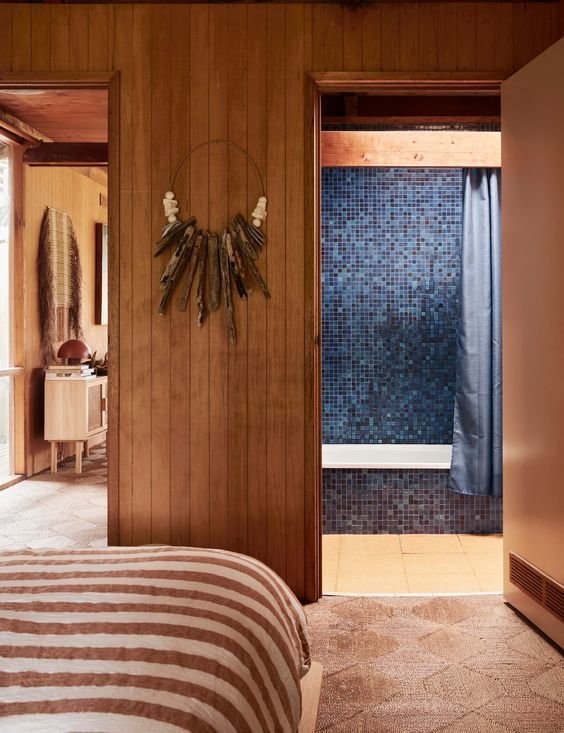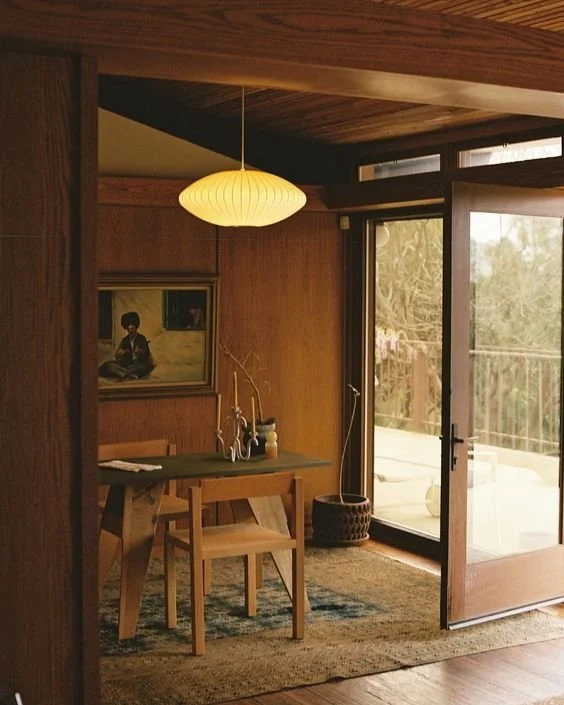Top Design Trends for Restoring Mid-Century Kitchens
Restoring a mid-century kitchen in Hawkes Bay, New Zealand, is a fantastic way to blend retro charm with modern functionality.
Mid-century design, characterised by clean lines, organic forms, and a mix of natural and man-made materials, has timeless appeal.
In this blog, we’ll explore the top design trends for restoring mid-century kitchens, focusing on cabinetry, colours, and materials that complement the era while bringing your kitchen into the present.
Cabinetry can turn an average space into an authentic and well designed room.
Flat-Front Cabinets
Flat-front cabinets, also known as slab cabinets, are a hallmark of mid-century design. Their sleek, unadorned surfaces provide a clean and minimalist look that complements the era’s aesthetic. For a true mid-century feel, opt for wood veneer finishes like walnut or teak. These natural wood tones add warmth and authenticity to your kitchen.
Open Shelving
Open shelving is another trend that works well in mid-century kitchens. It not only offers practical storage but also allows you to display beautiful dishware and accessories, adding character to your space. Combine open shelving with flat-front cabinets to achieve a balanced look that is both functional and stylish.
Integrated Handles
Integrated handles are a subtle yet impactful detail in mid-century cabinetry design. Instead of traditional hardware, consider recessed pulls or push-to-open mechanisms. This creates a seamless, streamlined appearance that enhances the overall aesthetic of your kitchen.
Colourful Accents
While natural wood tones are prevalent, incorporating colourful accents in your cabinetry can add a playful touch to your mid-century kitchen. Think about using bold colours like mustard yellow, teal, or burnt orange for upper cabinets or island bases. These hues can brighten up the space and pay homage to the vibrant palette of the mid-century era.
Colour Trends worth diving into.
Earthy Neutrals
Mid-century design often features a palette of earthy neutrals that create a warm and inviting atmosphere. Colours like olive green, burnt sienna, and mustard yellow can be used on walls, cabinetry, or backsplashes to evoke a sense of nostalgia while maintaining a modern feel. These tones also pair well with natural wood elements and other mid-century materials.
Pops of Colour
In addition to earthy neutrals, mid-century kitchens can benefit from pops of colour. Bright and bold hues like turquoise, red, and orange can be used sparingly to create visual interest. Consider adding these colours through small appliances, decorative items, or even a feature wall. The key is to balance these vibrant colours with more subdued tones to avoid overwhelming the space.
Monochromatic Schemes
For a more contemporary take on mid-century design, consider a monochromatic colour scheme. Shades of grey, white, and black can create a sleek, modern look while still referencing mid-century style. This approach works particularly well in smaller kitchens, as it can make the space feel larger and more cohesive. Add warmth with wooden accents and metallic finishes.
Two-Tone Cabinets
Two-tone cabinets are a popular trend in mid-century kitchen design. This involves using one colour or finish for the upper cabinets and a different one for the lower cabinets. For example, you might choose white upper cabinets and walnut lower cabinets. This adds visual interest and helps to define the different areas of the kitchen.
We design functional, thoughtful,
and beautiful homes, fit for real life.
We design functional, thoughtful, and beautiful homes, fit for real life.
At FBD Interiors, our main focus is creating spaces that are both elevated and realistic for your lifestyle. And we walk through every step of the process right alongside you - whether it’s a room refresh, a new kitchen, or a full home makeover/build.
Material Trends for mid century modern that will modernise your space, while keeping your space authentic.
Natural Wood
Natural wood is a cornerstone of mid-century design. Incorporating wood elements, whether through cabinetry, flooring, or furniture, can instantly evoke the era’s aesthetic. Choose wood species like walnut, teak, or oak for their rich, warm tones and distinctive grain patterns. Natural wood can be left in its raw state or treated with a clear finish to enhance its beauty and durability.
Laminate
Laminate surfaces were hugely popular in mid-century kitchens and are making a comeback in contemporary restorations. Today’s laminates come in a wide range of colours and patterns, allowing you to achieve the perfect retro look. Consider using laminate for countertops, backsplashes, or even cabinet fronts. It’s a cost-effective and durable option that adds a touch of nostalgia.
Metal Accents
Metal accents, particularly in finishes like stainless steel, brass, and copper, can add a modern twist to mid-century design. Use metal accents in lighting fixtures, cabinet hardware, and appliances to create a cohesive look. Brass and copper, in particular, add warmth and sophistication, complementing the natural wood elements often found in mid-century kitchens.
Terrazzo
Terrazzo is a composite material made from chips of marble, quartz, granite, or glass set in cement or resin. It was widely used in mid-century homes and is experiencing a resurgence in popularity. Terrazzo can be used for flooring, countertops, or backsplashes to add texture and interest to your kitchen. Its unique and colourful appearance makes it a standout choice for any mid-century restoration project.
Restoring a mid-century kitchen in Hawkes Bay, New Zealand, allows you to blend the best of retro charm and modern functionality.
By focusing on key design trends in cabinetry, colours, and materials, you can create a space that honours the past while embracing the present.
Whether you’re renovating your kitchen, bathroom, or other interior spaces, these tips will help you achieve a cohesive and stylish mid-century look that stands the test of time.




